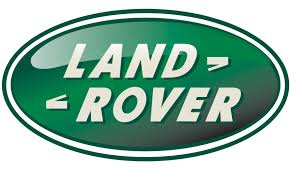Range Rover P38

86
ELECTRICAL
NEW RANGE ROVER
6
DESCRIPTION AND OPERATION
BODY ELECTRICAL CONTROL MODULE (BeCM) -
DESCRIPTION
General
The Body electrical Control Module (BeCM) is located
below the front RH seat and is secured to the floor
pan with two nuts and a screw.
The BeCM controls, monitors and provides power
supplies to many of the vehicle electrical functions.
The BeCM interfaces with other Electronic Control
Units (ECU’s) via hardwired connections or via a
digital serial data bus as follows:
•
SRS DCU
•
ABS ECU
•
HEVAC ECU
•
Cruise control ECU
•
Engine Control Module
•
EAS ECU
•
Transfer box ECU
•
EAT ECU
•
Instrument pack
The BeCM also communicates with several
outstations via a digital serial data bus. The data bus
allows the BeCM to ’talk’ to the outstations by passing
electrical information through the same wires. Each
data bus comprises five wires as follows:
•
Feed wire
Battery voltage supply
•
Earth wire
Vehicle earth
•
Clock wire
Reference signal
•
Signal wire
Transmits digital signals
•
Direction wire Identifies direction of signal
The data bus reduces the number of wires required to
perform the various electrical functions. Each wire in
the data bus is duplicated to increase the reliability of
the connections.
The BeCM has two modes of operation; activation
mode or sleep mode. A number of inputs to the BeCM
will change the state of the BeCM from sleep to
activation mode. Sleep mode is required to avoid
excessive drain on the vehicle battery when the
vehicle is not being used.
Sleep mode is entered when certain timers have
’timed out’ (i.e. courtesy lights go off) and all activation
inputs have been inactive for more than two minutes.
If the vehicle is unlocked in sleep mode, the current
used by the BeCM is 30 mA. If the vehicle alarm is
armed in sleep mode, the current used by the BeCM
increases to 40 mA.
When an activation input is sensed and the BeCM
’wakes up’, the current used by the BeCM increases
to approximately 1 Amp.
The BeCM is connected to the other ECU’s and the
electrical functions it controls by nineteen connectors.
Tables containing a description of the connector pins
and the functions they serve are detailed later in this
section.
